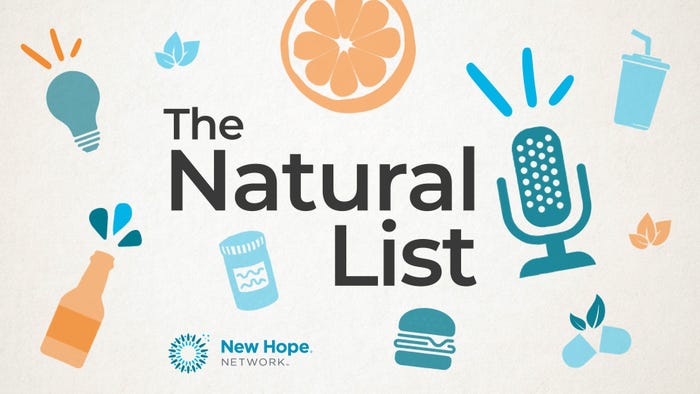In the digital age, brands are perpetually struggling not only to keep up in a rapidly changing industry, but also to tell their stories in an increasingly crowded marketplace. Social media, e-commerce and digital marketing experts share some insights for how to stand out and use the internet for share your story for good.
April 18, 2018

"When you're creating that story and you have a target audience that you want to go to, you need to understand that that is something that fills their emotional need."
—Leah Segedie, Shiftcon, Mamavation
Part 1: Best practices
Make sure your message will resonate with your target audience or consumer. Storytelling works because it meets an emotional need, so understand what that need is.
Find your brand voice. For Soulfull Project, that's talking about the mission and the personal connection the company has to make its mission successful.
If the consumer loves your story but can't find your product, your message is losing its impact. When you do your digital storytelling, make sure customers can find and access your product.
-----
Part 2: Do your research
Consult the type of person you're trying to reach—don't assume you know them. If that's women, don't create a message for women without including women in creating that message.
Practice telling your story, and find what resonates.
Do not assume that what you know about your brand in a brick-and-mortar store applies online.
Track and use data to your advantage—to better know who you're reaching where, and to help set goals.
-----
Part 3: Measuring your message
Simplifying and helping consumers understand a scientific and research-based story.
How do you decide strategies for conveying different messages?
-----
Part 4: Transforming a personal story into a brand story
Capturing raw emotion and funneling it into the digital space.
How to remain loyal to the original message and personality of a grass-roots brand when expanding.
Using competition to narrow down a brand's story and drive a unique message in the market.
This session—Digital Storytelling to Save the World: How Your Business Can Have True Impact—was recorded at Natural Products Expo West 2018.
About the Author(s)
You May Also Like


